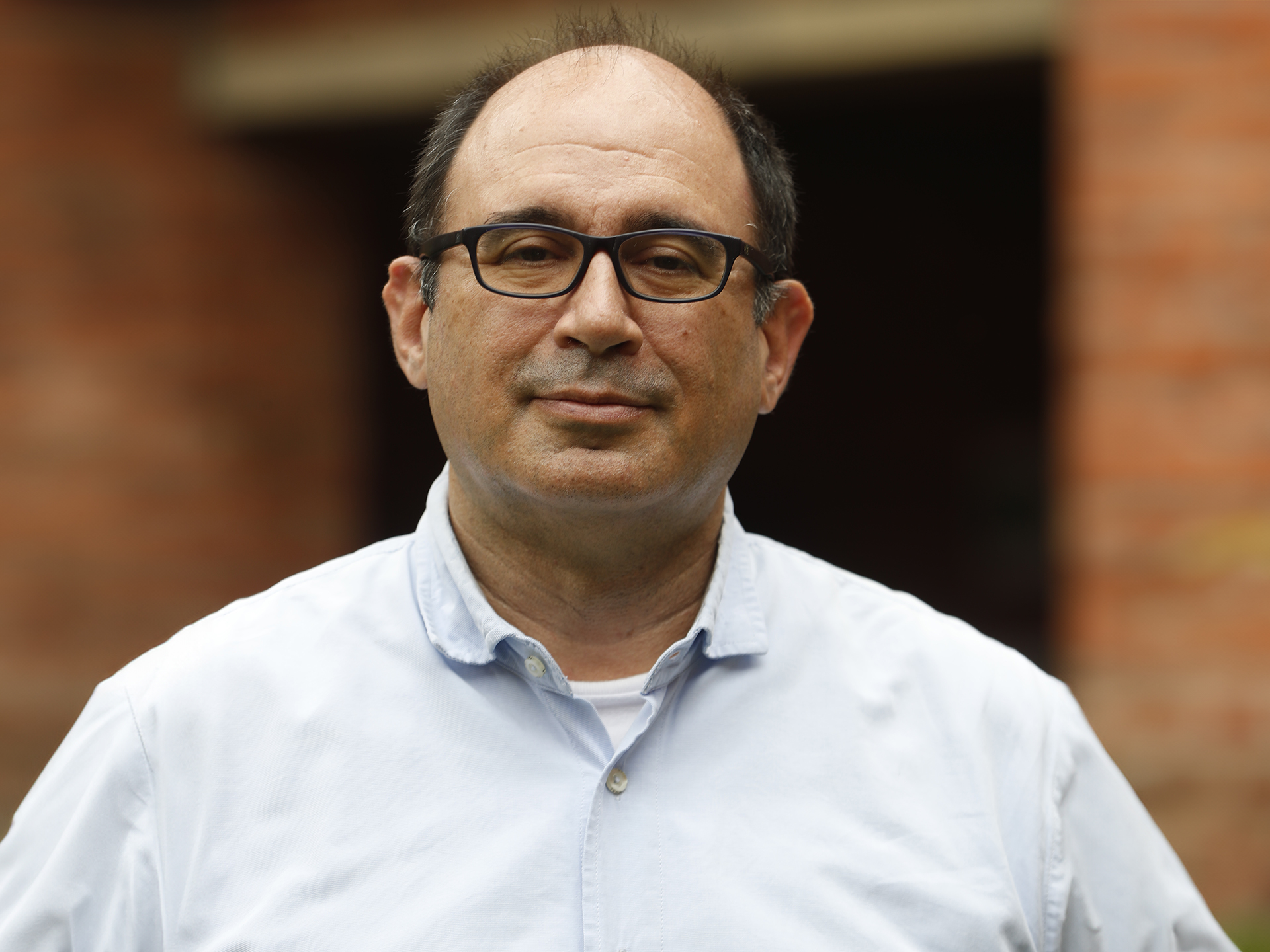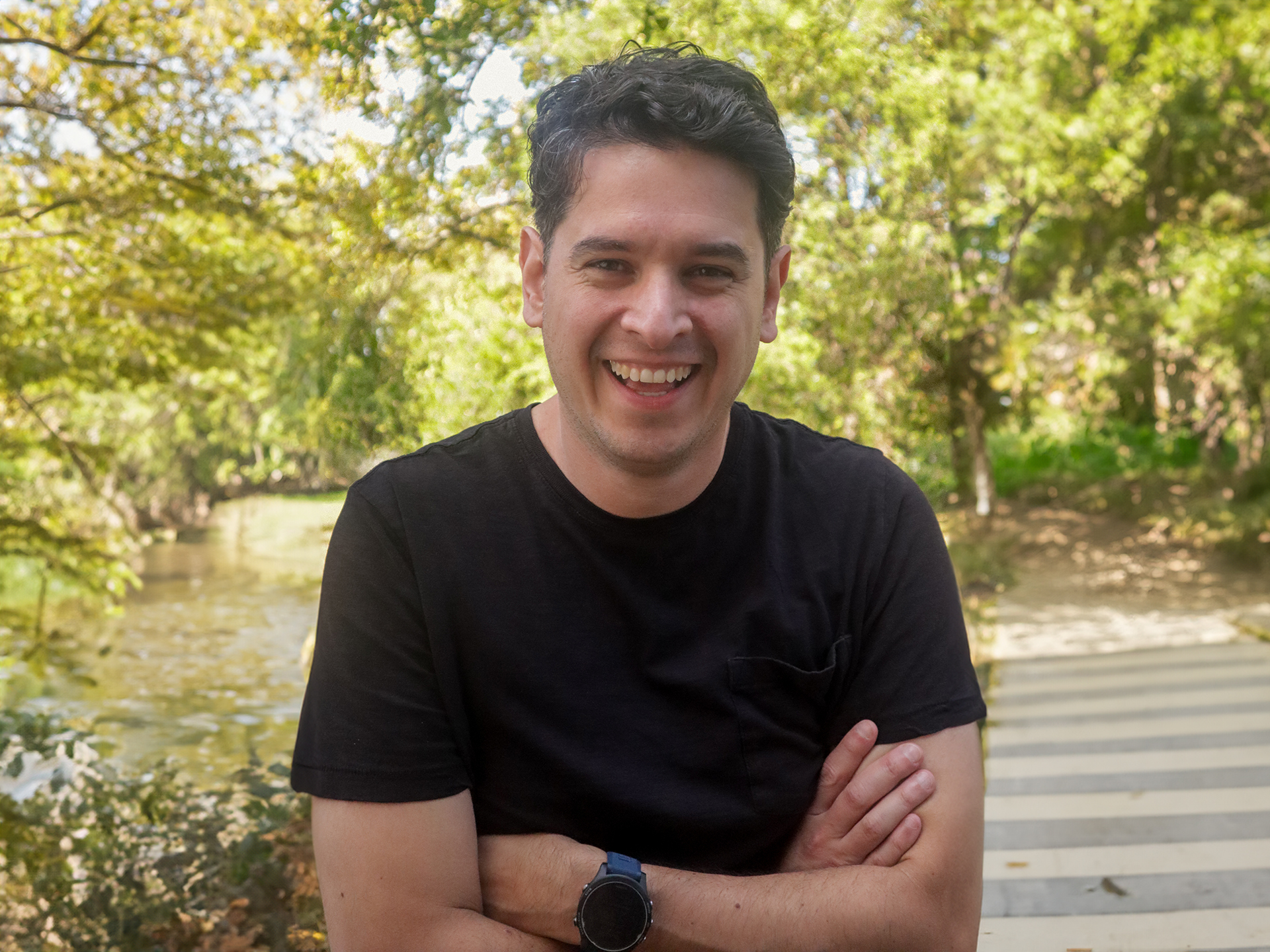Bridging the Digital Divide: How Not2Far Is Providing Internet Connectivity in the World’s Remotest Places
12 December 2023•
In a world increasingly dependent on digital connectivity, the internet has become a basic service, as essential for the quality of human life as access to education, health, drinking water and electricity.
Yet, a significant digital divide persists globally that deepens as access improves in urban areas and among high-income users. The International Telecommunication Union (ITU) estimates that about 37% of the world’s population, approximately 2.6 billion people, remain offline. The digital divide is a global challenge, significantly affecting regions with high poverty levels across all continents. This digital disparity not only hinders access to information but also limits participation in the global digital economy, exacerbating existing socioeconomic inequalities and displacing millions of urban inhabitants towards densely populated cities.
- Company Name: Not2Far Technologies
- Sector: Remote Rural Broadband Systems / Telecommunications / IoT
- Established: 2022
- Website: https://not2far.io/
- Headquarter: McKinney, Texas, USA
- Fundraising: Bootstrapped with capital raising in the near future
-
SDG Goals:

 In Frame: Lope Trujillo, Founder and CEO of Not2Far
In Frame: Lope Trujillo, Founder and CEO of Not2Far
In a world increasingly dependent on digital connectivity, the internet has become a basic service, as essential for the quality of human life as access to education, health, drinking water and electricity. Yet, a significant digital divide persists globally that deepens as access improves in urban areas and among high-income users. The International Telecommunication Union (ITU) estimates that about 37% of the world’s population, approximately 2.6 billion people, remain offline. The digital divide is a global challenge, significantly affecting regions with high poverty levels across all continents. This digital disparity not only hinders access to information but also limits participation in the global digital economy, exacerbating existing socioeconomic inequalities and displacing millions of urban inhabitants towards densely populated cities.
 Infobyte: Individuals using the Internet
Infobyte: Individuals using the Internet
The Multifaceted Digital Divide
The digital divide encompasses a multitude of dimensions, ranging from access and affordability to literacy and transcultural barriers. This divide is not merely a matter of infrastructure; it is deeply intertwined with socioeconomic, geographical, and cultural factors.
- Access and Infrastructure: In remote regions, where populations are dispersed across vast areas, internet access is significantly limited. This limitation is mainly due to the fact that prevalent technologies like 4G, 5G, fiber optics, and traditional satellite networks are tailored for densely populated urban areas, not for sparse, expansive terrains. The economic and logistical challenges of traditional internet infrastructures, coupled with the prohibitive costs and limited availability of satellite solutions, exacerbate this issue. Furthermore, even advanced technologies, such as Low Earth Orbit (LEO) satellites, face operational difficulties in harsh terrains like dense forests, further impeding effective internet connectivity in these remote locations.
- Affordability: The expense of internet services poses a barrier in regions where it’s available, notably in low and middle-income countries, consuming a significant part of an average person’s income.
- Digital Literacy and Education: Beyond access, digital literacy is critical. Many areas lack training in these vital skills.
- Socio-Cultural Factors: Cultural attitudes and biases, especially against women and girls, can exacerbate the digital divide.
- Policy and Regulation: Government policies significantly influence internet accessibility, where restrictive or neglectful regulations can impede connectivity.
The Limitations of Satellite Internet

The quest to bridge the global digital divide has led to remarkable advancements in internet connectivity. A significant development in this arena is Starlink, led by Elon Musk, which has deployed over 5,000 satellites, offering broadband services with download speeds surpassing 100 Mbps and minimal latency, ideal for applications like online gaming and streaming. However, the impressive technological feats of Starlink and other Low Earth Orbit (LEO) satellite constellations, such as Jeff Bezos’ Project Kuiper, come with their own challenges to one day become a viable option to overcome the digital divide.
While countries like Kenya and Nigeria have welcomed Starlink for its potential to transform connectivity, the issue of affordability remains a significant barrier, particularly in economically disadvantaged regions. Moreover, due to the fact that these types of networks do not create any valuable infrastructure in the territories, some countries such as South Africa are concerned about the excessive dependence on foreign actors in which these constellations place them, and advocate for local ownership in telecommunications ventures; highlighting the need for solutions that align with the economic and sovereign interests of the local communities.
The environmental and economic impacts of LEO satellites are also a growing concern among the scientific community. The carbon footprint, space debris, and electromagnetic pollution associated with these constellations have sparked debate, especially considering the urgency of global warming goals. Critics argue for a more cautious approach, suggesting that space-based solutions should be a last resort, following the exploration of terrestrial alternatives.
Not2Far’s Groundbreaking Approach and Community Empowerment
In this context, Not Too Far Technologies Inc. aims to become the most important rural internet service provider in the world with a totally disruptive alternative that is close to the end user.
Based in McKinney, Texas, and led by CEO and serial entrepreneur Lope Trujillo, Not2Far is making significant progress in connecting remote and rural areas traditionally ignored by major Internet providers. Inspired by Nicholas Negroponte’s insightful article in Wired Magazine about the model that MIT/Media Lab implemented in Costa Rica, Lope and his wife have dedicated more than two decades to this cause as investors, serial entrepreneurs, and Internet pioneers.
Not2Far’s approach dramatically transforms connectivity profitability. It’s 30 times less expensive to deploy and 300 times cheaper to operate compared to LEO satellite alternatives. This cost-efficiency will be vital for the success of a service aimed at the areas where 80% of the world’s poorest reside, as it offers an affordable yet robust Internet solution. Their technology requires No Line of Sight (NLOS), offers extensive coverage, up to 75km from a base station and delivers speeds up to 100Mbps. To put things into perspective, a single Not2Far wireless node, that can be set up in just three days, has the capability to cover an area as vast as Kuwait with Internet services. It can navigate through forests, mountains, and walls without causing interference with radio operators. Additionally, its electromagnetic footprint is 50 to 100 times less impactful than that of a traditional TV station.
 In Frame: Andres Navarro, Chief Technology Officer at Not2Far
In Frame: Andres Navarro, Chief Technology Officer at Not2Far
Not2Far’s method goes beyond mere technical provision, and as its name indicates, it is based on closeness and building strong community relationships. This includes knowing about the culture and needs of rural communities, even long before starting a network deployment process. Then, a team of anthropologists and content specialists, along with users, develop technological solutions that really solve their daily challenges. And finally, educating locals about the transformative power of the Internet and showcasing its practicality through innovations like IoT. Their work in Colombia with the IoTree seismic sensor exemplifies this commitment, demonstrating how technology can be leveraged to address specific local challenges, such as pest detection in agriculture.
Founded in 2022 following five years of thorough groundwork, Not2Far has developed a profound knowledge of the regions and rural communities it serves. Not2Far’s in-depth understanding of the intricate social dynamics within and among the communities it serves has been key to its economic sustainability and the recognition it now enjoys from top governmental bodies and members of international cooperation.

This ethno-technological innovation, a term coined by Lope, uniquely positions Not2Far not only as a provider but as a critical enabler of Internet solutions in the most remote areas of the world. With a growing user base and the unique achievement of deploying this type of Internet service in the UHF band outside of North America, Not2Far is living proof of the potential of terrestrial networks to bridge the global digital divide.
They are currently developing the market in Colombia and have already signed agreements with strategic partners in Mexico, Bolivia, Paraguay, and Chile.
 In Frame: Brian Abadia, Director of Operations at Not2Far
In Frame: Brian Abadia, Director of Operations at Not2Far
Backed by Vivarium
Its strategic alliance with Vivarium, an impact-focused venture studio specializing in creating and scaling innovative startups, provides a gateway to the Asia Pacific and Australian markets. This partnership, forged at a key moment, when Not2Far had finetuned its technology and business model in Colombia, will provide the experience that the Arowana group has achieved scaling organizations globally.
Vivarium specializes in building and scaling innovative technologies that address humanity’s most pressing challenges, as defined by the United Nations Sustainable Development Goals (SDGs). Focusing on companies addressing issues ranging from the digital divide to environmental crises and social inclusion, Vivarium collaborates with purpose-driven founders to achieve meaningful social and environmental change. A prime example of their commitment is their backing of Not2Far, facilitated by Angela Guzman, a venture architect with extensive experience in UX design from her tenure at Google, Apple, and Airbnb. Guzman, of Colombian descent but raised in the United States, reflects on her encounter with Not2Far: “Their commitment to bringing Internet access to rural areas, similar to essential services like water and electricity, resonated deeply with me.”
 In Frame: Angela Guzman, UX design lead and entrepreneur
In Frame: Angela Guzman, UX design lead and entrepreneur
Scaling new heights: Not2Far’s ambitious global reach and community transformation
In the coming three years, Not2Far is set to expand its broadband and IoT networks across three continents, focusing on Latin America, Australasia, and Africa. In every community they reach, Not2Far is committed to providing an access experience that respects local cultures, aligns with their realities, and, most importantly, enhances their living standards and promotes sustainable development. Focused on innovation and reducing inequalities, Not2Far aims to be to the Internet access business what Grameen Bank is to the world of development finance. Its approach of proximity to ancestral communities transcends the aspect of cold technology and has opened a world of opportunities (from education to employment) to communities that were previously off the digital grid. Not only do they connect people to the internet, they also ensure that no one, no matter how far they are, is left behind in our increasingly digital world. This story is not just about technology; it’s about forging a future that’s more inclusive and equitable for everyone.
For more information, check out: https://not2far.io/
 Infobyte: Number of internet users (‘000)
Infobyte: Number of internet users (‘000)
To read more about impact investing and the state of impact investing in the world today, download and read the Special Report here.

Next Read: Creating Impact: A comprehensive Special Report on The Business of Impact Investing

%2Fuploads%2Fimpact-investing%2Fcover2.jpg&w=3840&q=75)